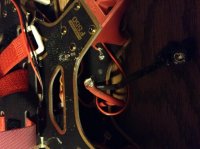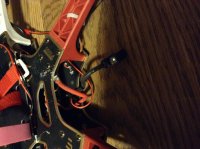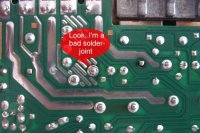View attachment 18989So I was filming the fireworks show here in a safe area where I didn't have a chance to damage anything in the event my 550 crashed. We'll I was flying about 2-3 minutes in and my 550 fell from the sky like a rock. I ran over to see the damage and the positive lead on the main EC5 plug came disconnected. The solder from inside the plug looks like it exploded. The pack, esc's and wires are all very very cool nothing too hot and this system has been tested several times before tonight.
Why would the solder have come disconnected? Bad solder joint or over amperage/heat? Please help, much appreciated.
Why would the solder have come disconnected? Bad solder joint or over amperage/heat? Please help, much appreciated.



